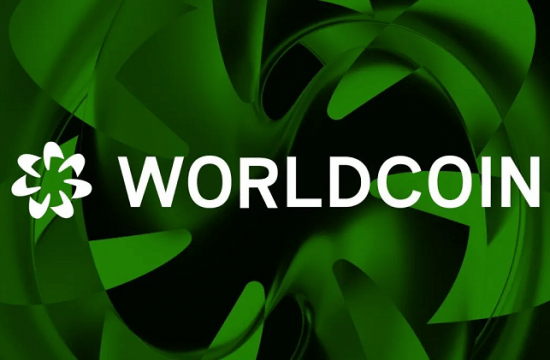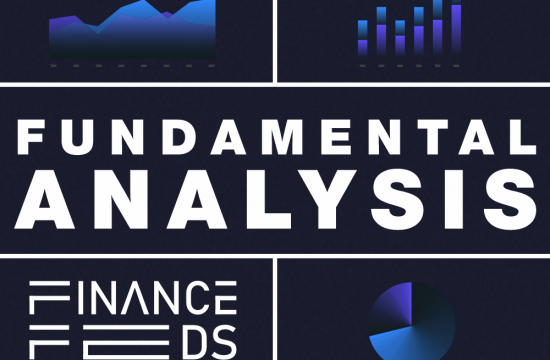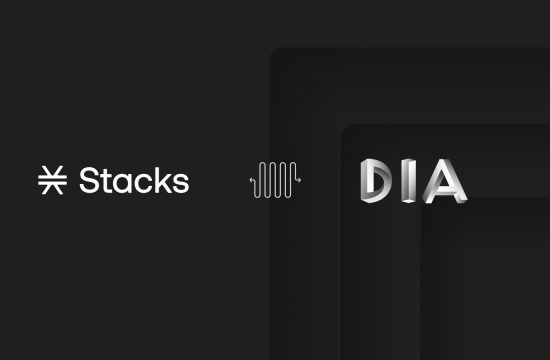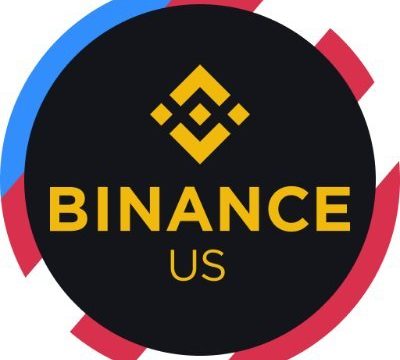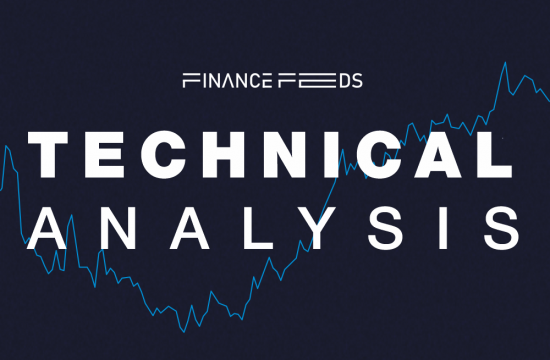Despite the many innovations that have permeated the blockchain realm in recent years, some of the most advanced networks today still struggle to balance key aspects such as transaction speeds, network congestion, and low-fee structures.
Therefore, as blockchain adoption has surged and decentralized applications (dApps) have continued to proliferate, the issue of high transaction fees and network latency is becoming increasingly pronounced.
For instance, despite several upgrades to its digital architecture since 2021, Ethereum has continued to grapple with numerous fee-related demons. Late last year, users saw transaction costs soar to over $220 for simple transfers on decentralized exchanges (DEXs) like Uniswap, reigniting debates about the project’s long-term scalability and efficiency.
Solana, a project often referred to as the ‘Ethereum killer’ and lauded for its low fees and high throughput capacity, has also faced its fair share of challenges. Earlier this year, the network went offline for a staggering five hours, making it the sixth major outage the project has faced since its launch in April 2020.
Similarly, in March, Polygon, a zero-knowledge Ethereum Virtual Machine (zkEVM), experienced significant downtime that lasted over 12 hours. The event was attributed to a glitch in the protocol’s sequencer, which caused substantial issues with the platform’s transactional workflow.
– Advertisement –
Even Bitcoin, a network not particularly known for its transactional prowess, has not been immune to these challenges. Recently, the network experienced a dramatic surge in transaction fees, with costs skyrocketing to an eye-watering $34 per transaction.
This spike was largely attributed to internal consolidation processes at major exchanges like OKX, which caused significant congestion. Lastly, it bears mentioning that the introduction of Ethereum-style tokens (BRC-20) and NFT-like inscriptions (Ordinals) in 2023 had already driven transaction fees around $7, setting the stage for further escalations.
A crisis of scalability?
As evidenced earlier, rising costs and poor throughput rates have threatened to stifle innovation and blockchain adoption, particularly in areas that require high-frequency, low-cost transactions, such as decentralized finance (DeFi) and gaming. In this regard, a number of quality projects have emerged to help alleviate these bottlenecks.
For example, 0G is a data availability system that uses an innovative approach to scalability. At its core lies a unique architecture that separates data publishing from data storage. This clever design allows for horizontal scalability, enabling the network to handle an astounding 50 gigabytes per second (approx. 50,000 times faster than some of its closest competitors).
Moreover, 0G’s cost-effectiveness is equally impressive, with fees approximately 100 times lower than some of its closest competitors. This combination of speed and affordability stands to transform 0G into a game-changing solution for market makers and high-frequency crypto traders.
Consider a scenario where a market maker is executing thousands of small arbitrage trades per second. On traditional blockchain networks, a sudden spike in gas fees could render these strategies unprofitable or even result in significant losses for the user.
However, with 0G, the consistently low processing costs coupled with a high-throughput environment ensures that these strategies remain viable regardless of the overall network activity.
Unleashing the true potential of DeFi
From the outside looking in, one can see that for the crypto trading ecosystem to truly flourish, it requires an infrastructure capable of supporting voluminous data exchanges at nominal rates. With platforms like 0G offering a high level of scalability and efficiency (alongside the ability to execute trades quickly and cheaply), they are opening up a whole new world of opportunities for crypto owners.
Not only are they helping facilitate the creation of more sophisticated trading strategies and improved market liquidity but also a more efficient and robust crypto market — capable of hosting a range of innovative financial products and services that were previously impractical due to various transactional and latency issues.





